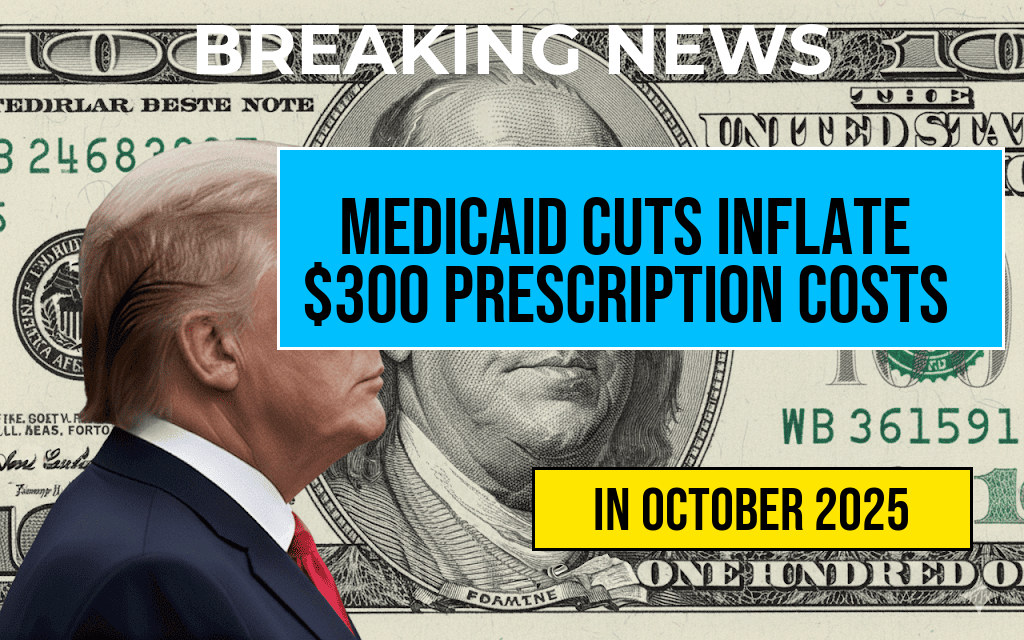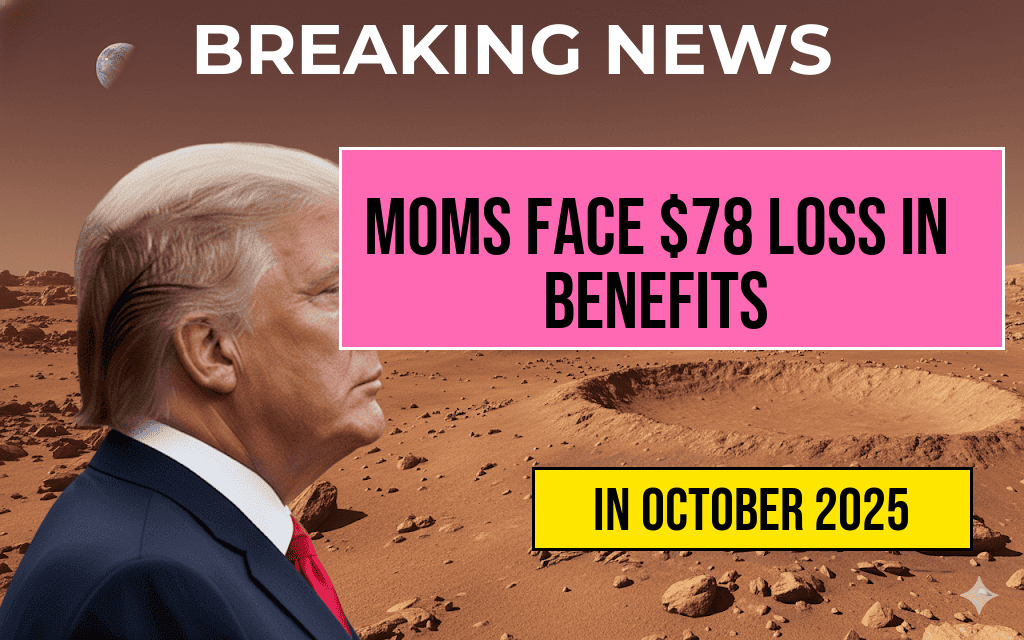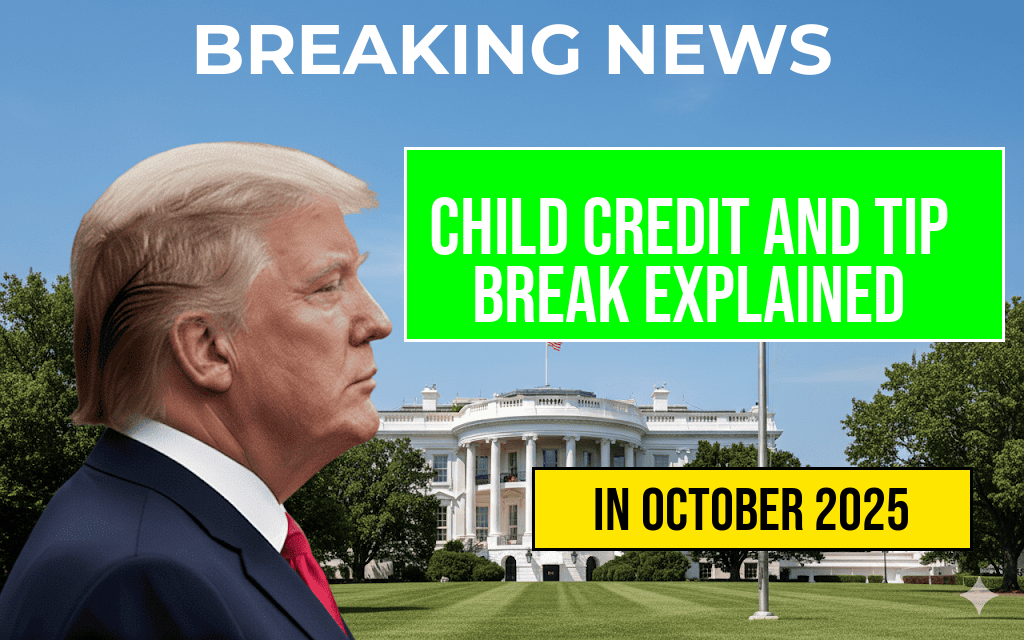The recent report from The Washington Post sheds light on the troubling implications of proposed Medicaid cuts totaling $1 trillion, which are likely to exacerbate the financial burdens on patients requiring prescription medications. With the landscape of healthcare funding shifting, a prescription that costs $300 could become significantly more expensive for some patients, particularly those relying on Medicaid. As lawmakers continue to debate these cuts, the potential for increased out-of-pocket expenses looms large, raising concerns about access to essential medications for vulnerable populations. This article explores the intricate relationship between Medicaid funding, prescription costs, and the broader implications for healthcare affordability.
The Impact of Medicaid Cuts on Prescription Drug Costs
Medicaid, a joint federal and state program, provides health coverage to millions of low-income individuals and families. Its funding structure is crucial in determining how much patients pay for their medications. The proposed $1 trillion cuts are expected to have wide-reaching effects on both healthcare providers and consumers. As states grapple with reduced federal support, many may be compelled to implement stricter cost controls or increase co-pays, leading to higher expenses for patients.
Understanding Prescription Pricing
- Insurer Negotiations: Insurance companies often negotiate prices with pharmaceutical companies to lower costs for consumers. Medicaid plays a significant role in these negotiations.
- Out-of-Pocket Expenses: With Medicaid cuts, patients may face higher out-of-pocket expenses if they lose access to subsidized medications.
- Pharmaceutical Pricing: The list price of a drug does not always reflect what patients ultimately pay, but Medicaid cuts could disrupt existing pricing structures.
The Broader Healthcare Landscape
The implications of these cuts extend beyond just prescription medications. Without adequate funding, healthcare providers may face challenges in delivering comprehensive services, which can lead to an increase in overall healthcare costs. A study by the Forbes highlights that states may reduce services or limit eligibility for Medicaid, pushing more individuals into the ranks of the uninsured.
Potential Consequences for Patients
As states begin to adjust to the reality of reduced funding, patients may experience the following challenges:
- Increased Drug Prices: Patients may find that medications they once accessed at a low cost are now significantly more expensive.
- Access to Care: With fewer resources, healthcare providers may limit the number of Medicaid patients they can accept, leading to longer wait times and reduced access to care.
- Health Outcomes: Higher medication costs can lead to non-adherence, where patients skip doses or forgo medications altogether, ultimately affecting their health outcomes.
Government Responses and Stakeholder Reactions
In response to the proposed cuts, various stakeholders, including healthcare providers, patient advocacy groups, and lawmakers, have begun voicing their concerns. Many argue that the cuts will disproportionately affect low-income families and exacerbate existing health disparities.
Advocacy Efforts
Organizations such as the National Alliance on Mental Illness emphasize the importance of maintaining robust Medicaid funding to ensure access to necessary mental health medications. Advocacy groups are mobilizing to lobby against the proposed cuts, highlighting that the financial savings from these cuts could lead to higher overall healthcare costs due to increased emergency room visits and hospitalizations.
Looking Ahead: The Future of Medicaid and Prescription Drug Costs
The debate surrounding Medicaid cuts reflects larger issues within the U.S. healthcare system, including the sustainability of funding for essential health programs. As lawmakers consider the impact of these cuts, it is crucial to recognize the potential consequences for patients and healthcare providers alike. Ensuring affordable access to prescription medications and comprehensive healthcare services remains a pressing challenge that will require careful consideration and action from all stakeholders involved.
In the coming months, as discussions continue, vigilance will be necessary to monitor how these proposed changes unfold and their effects on those who depend on Medicaid for their healthcare needs.
Frequently Asked Questions
What are the main reasons for the $1 trillion cuts to Medicaid?
The $1 trillion cuts to Medicaid are primarily driven by ongoing government budget constraints and attempts to reduce national debt. These cuts aim to streamline spending but can significantly impact healthcare access for low-income individuals.
How does a $300 prescription become more expensive due to these cuts?
As Medicaid funding decreases, many healthcare providers may raise prices to cover their costs, leading to higher out-of-pocket expenses for patients. Additionally, pharmaceutical companies might increase prices if they anticipate fewer reimbursements from the program.
Who will be most affected by the Medicaid cuts?
The most affected groups include low-income families, the elderly, and individuals with disabilities who rely on Medicaid for essential healthcare services. These cuts can result in reduced access to medications and necessary treatments.
What can individuals do if they can’t afford their prescriptions after the cuts?
Individuals struggling with prescription costs can explore options such as generic medications, patient assistance programs offered by pharmaceutical companies, or community health centers that may provide affordable care.
What other implications do Medicaid cuts have on the healthcare system?
Beyond increased prescription costs, Medicaid cuts can lead to staff shortages in healthcare facilities, longer wait times for services, and overall deterioration in the quality of healthcare services available to vulnerable populations.






